Cookbook Club #18 is back in action today!! Turning it over to our girl Kristina Gill to give you the latest on our favorite cookbook this month. And if you missed the intro to Kristina - please put your hands together for our very first editor here at What’s Gaby Cooking besides me! All yours KG! XX
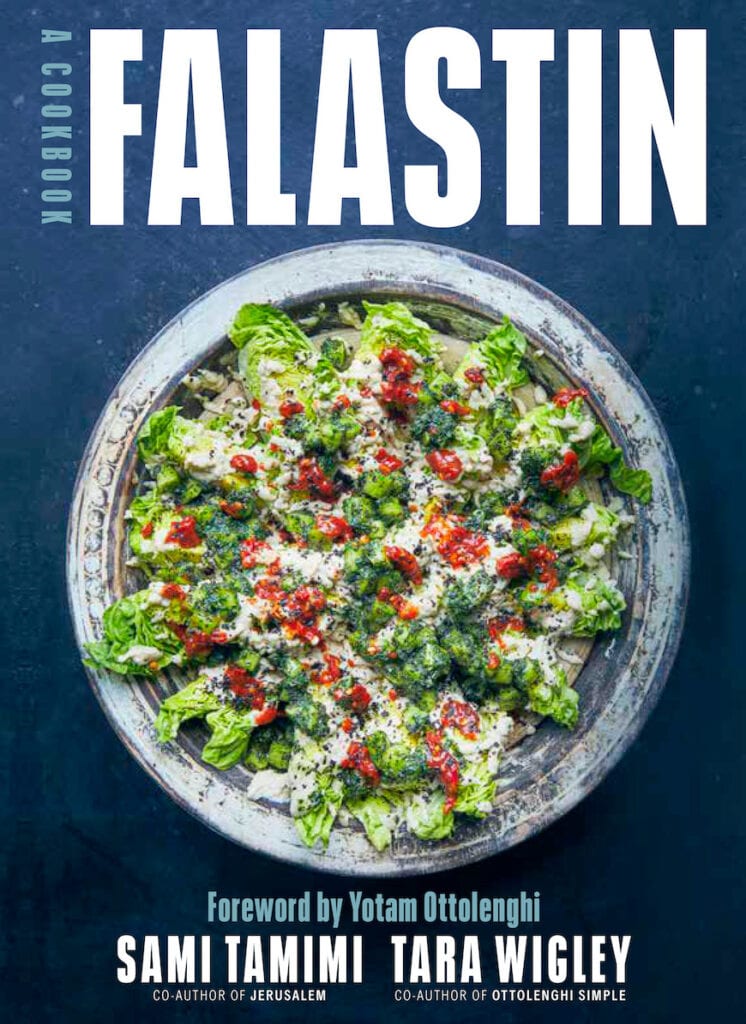
Falastin is the long-awaited cookbook about the food of Palestine, by Sami Tamimi and Tara Wigley. Normally I would write a much more expansive introduction but feel that we are quite lucky at the rich answers that Sami and Tara provided to us in their Q & A.
If you have have Jerusalem by Yotam Ottolenghi and Sami, you already have the first part of the story of the food of Palestine. This is the wider story of his beloved cuisine. For ingredients, think tahini, sumac, cardamom, honey, citrus, yogurt, pistachios, pulses, grains, spice mixes, fresh herbs and fresh vegetables, ground meat stuffed vegetables and stuffed pastry, slow cooked meats, versatile condiments and sauces.
I am intrigued by the food-- Winter tabbouleh with a blood orange dressing, rice with yogurt, roasted cauliflower, and fried garlic, spiced salmon skewers with parsley oil, za'atar bread and sweet tahini rolls. But am even more intrigued by the stories of the people and places-- the restaurateur, the refugee camp resident, the village council member and expert maftoul maker, the tahini maker, Gaza and its geographic significance to the food of the surrounding region. These essays provide the context to the recipes and foods which, in my opinion, is so important to being able to understand a cuisine.
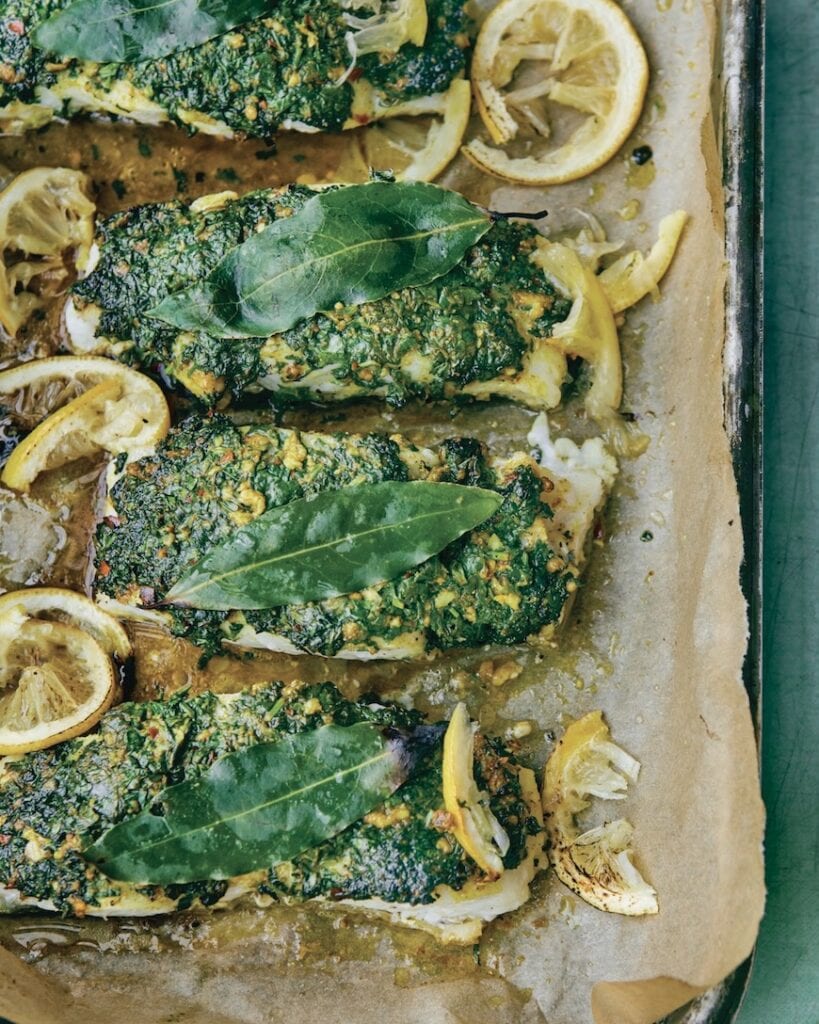
We'd love to hear what you think and what you're cooking from Falastin! You can find copies at LA's own Now Serving LA bookstore. I promise I will be on top of the comments this time!!
If you get stuck on anything remember you can always reach out to Gaby, me or @tara.wigley and @sami_tamimi on Instagram for help! And don't forget to tag your posts on IG with #WGCcookbookclub.
Time for a little Q+A with Sami and Tara!
What's your favorite recipe in the book and why?
Tara: For me it’s the baby gem salad on the cover of the US edition of FALASTIN. I love it because I am a complete salad-head – I get sad if I don’t eat green things! – but then it’s a salad ramped up to 20 with all the various elements going on. I always have a jar of shatta (hot chili sauce) and a batch of the burnt aubergine yoghurt (which are spooned on top of the leaves) in my fridge and then the smacked cucumber takes seconds to make. The result is a knock-out dish in and of itself but also works as a side to some simply-cooked fish or meat. It can also be bulked out for a lunchtime main with some feta crumbled on top. I could eat it every day. It also showcases a lot of what we are trying to do with some of the recipes in our book: taking ingredients which are familiar to the Palestinian kitchen but showing them in a shiny and bright and exciting new light.
Sami: I’d say something different every day but chicken musakhan is one of them. This is one of the definitive Palestinian dishes. I’ve eaten it all my life and I just never grow tired of it. It’s super simple to make – chicken mixed with a host of spices and then roasted in the oven and served with layers of flatbread and then the sumac onions, which define the dish. I always make more of the sumac onions than I need – you sweat them down in the pan to make them soft and sweet and then mix them through with sumac and ground cumin – so that I can have them in a sandwich, salad or with eggs the next day.
What was the hardest recipe to get right and why?
Sami: Some of the simplest sweet recipes proved to be the hardest to get right. The pistachio harisa, for example, or the ma’amoul bars. I’m not entirely sure why these were so hard to get right, to be honest. Maybe it’s because I have such a strong and particular memory of eating these as a kid that I wanted to make them absolutely as I remembered. Maybe we all just pretended they were not as perfect as they needed to be so that we could keeping making them (and eating them!!) again and again!
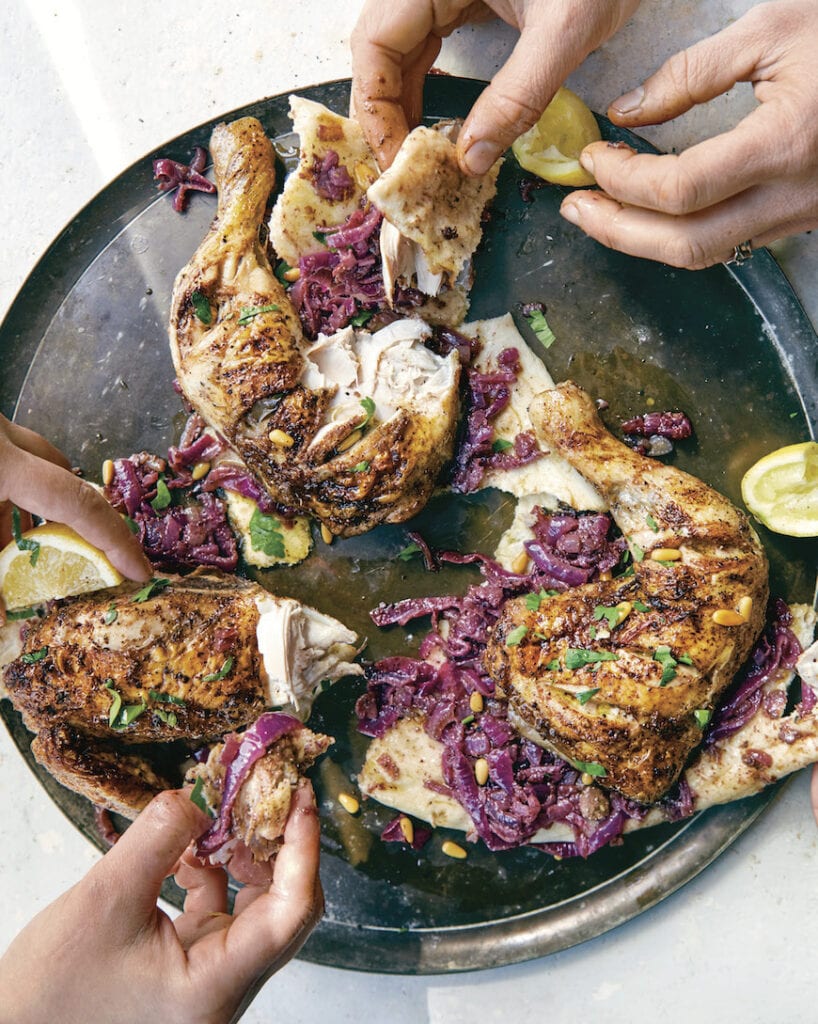
How did you select which recipes you would include in the book?
Tara: This is a big question! The book took us over two years to do so the list of recipes which Sami brought to the project on day one was very different from the list of recipes we ended up with two years later.
Sami: We realized fairly quickly that we did not want to write a book that had already been written so we didn’t want to just reproduce the standard (though delicious!) way of making, say, a classic tabbouleh. We wanted to do two things: on one hand to make the definitive Palestinian cookbook for those who are new to the cuisine but, also, to offer something really new and fresh to those who already know the nuts and bolts and want to do something they haven’t done before.
Tara: Every recipe went on a real journey, though, as we were constantly weighing up our desire to ‘play around’ with the huge and very real feeling of responsibility to the traditional way of doing things. ‘Playing around’ with recipes is not just playing around, of course, when the traditional way of doing things is so intimately bound up with history, identity and rootedness in a place. On top of that we also wanted to make a book which was really practical for the busy home cook, living and working and shopping outside of Palestine. This is not a book full of recipes which take half a day to make. There are a few epic dishes, of course – you don’t make the upside-down maqluba every Monday evening after work! – but for the most part these are recipes which are relatively quick and easy to make using ingredients which people can get hold of.
For someone who's never cooked from your book before, what recipe would you tell them to cook first and why?
Sami: The chicken musakhan is a great entry point recipe: it showcases Palestinian cooking at its most delicious but it’s also really simple.
Tara: Or just chop up some chillies and make shatta, the fermented chilli paste we are both addicted to, and spoon it alongside everything and everything you eat.
For someone who needs to get a meal on the table in 30 minutes, which recipe would you recommend?
Tara: Lots of the fish dishes can be on the table in less than 15 minutes. The roasted cod with a coriander crush, for example, is basically fast food!
Sami: The cauliflower and cumin fritters are also a really quick and totally delicious lunch (or breakfast or supper!) piled into a pita. My mum used to make these for us to have when we got home from school.
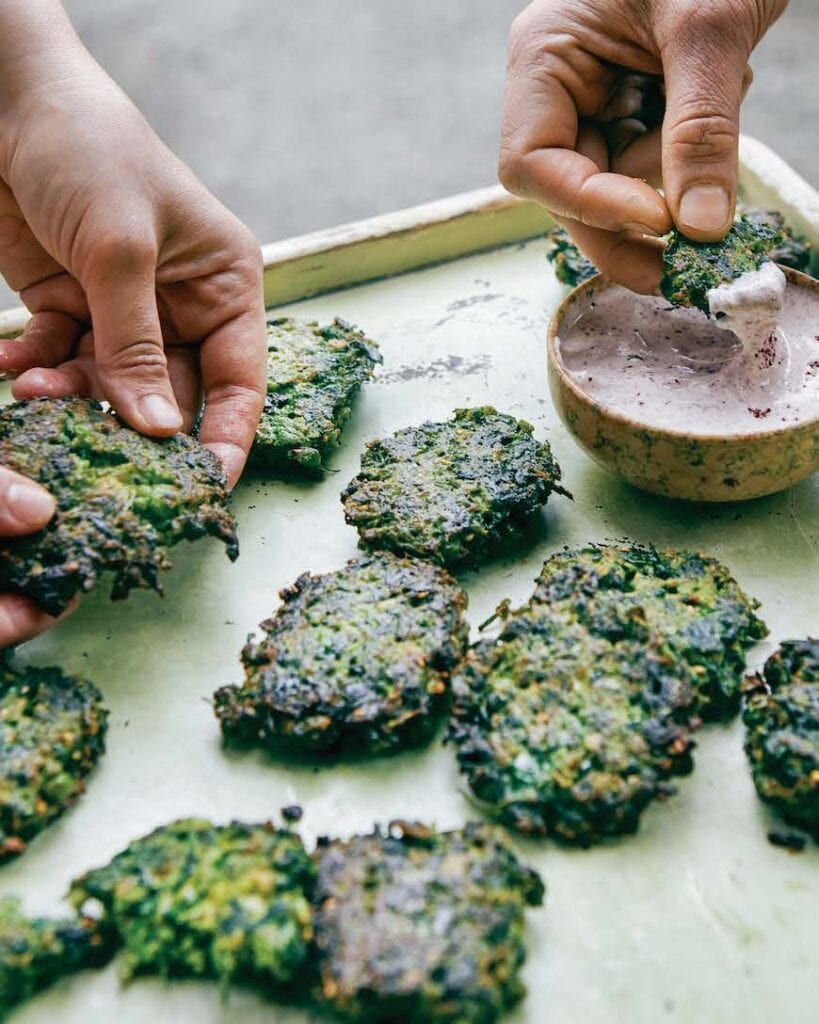
Now for individual tastes in food (nothing to do with Falastin the book!), a "lightning round"
The one dish you can never say no to?
Tara: Bresaola and olives before supper, along with a big, cold spritzer.
Sami: Steak tartare or any dish that has okra in it.
The one dish you will always say no to?
Tara: Broccoli and stilton soup.
Sami: Fermented fish or strong fishy dishes.
Pizza or Pasta?
Tara: Thin-crust pizza topped with a rich tomato sauce, tuna, anchovies and olives. No cheese, please.
Sami: Definitely pasta, my go to pasta is with artichoke and Italian sausage and crushed fennel seeds.
Cookies with or without nuts?
Tara: Can I just take the nuts? Brazil nuts or walnuts. I like to pair them with granny smiths (and then drizzled with tahini) or chocolate but I could live without the cookies. The cookie jar is always full, though, for the kids: pecan and chocolate chip cookies are a staple.
Sami: With nuts. Most Palestinian cookies have lots of nuts in them and that is how I like it.
Beer, Wine or Cocktail?
Tara: Wine, please: a minerally white, super-dry and super-cold.
Sami: Wine, an aperol spritz in the summer or G&T
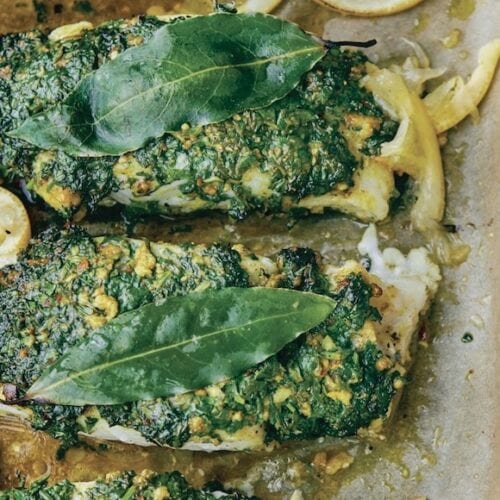
Roasted Cod with a Cilantro Crust
Ingredients
- 4 tablespoons olive oil
- 4 garlic cloves, crushed
- 2 ½ cups cilantro, finely chopped
- 2 ½ teaspoons Fish Spice Mix (recipe below)
- ½ teaspoon chile flakes
- Kosher salt and freshly cracked black pepper
- 4 large cod fillets (or another sustainably sourced white fish), skin on (about 1½ lb)
- 4 large fresh bay leaves (optional)
- 2 whole lemons: 1 cut into 8 very thin slices, 1 quartered lengthwise into wedges
- ¼ cup tahini sauce (optional)
Instructions
- Preheat the oven to 500°F. Line a roasting dish with parchment paper.
- Put 2 tablespoon of oil into a small saucepan and place over medium-low heat. Add the garlic and cook for 10 seconds, then add the cilantro, fish spice mix, chile flakes, ¼ teaspoon of salt, and a grind of black pepper. Cook for 4–5 minutes, stirring frequently, for the garlic to really soften, then remove from the heat.
- Place the cod in the prepared roasting dish, skin side down, and brush with the remaining 2 tablespoon of oil. Season lightly with salt and pepper, then spoon the cilantro mix on top of each fillet. Spread it out so that the whole top is covered, then top each one with a bay leaf (if using), along with 2 slices of lemon. Roast for 7–8 minutes, or until the fish is cooked through. Serve at once, with about 1 tablespoon of tahini sauce drizzled over, if desired, and lemon wedges alongside.
For the Fish Spice Mix
- Combine 2 teaspoons ground cardamom, 2 teaspoons ground cumin, 2 teaspoons ground turmeric and 1 teaspoon paprika. Place all the spices in a bowl and mix well to combine. If making more than you need, transfer to a sealed container.

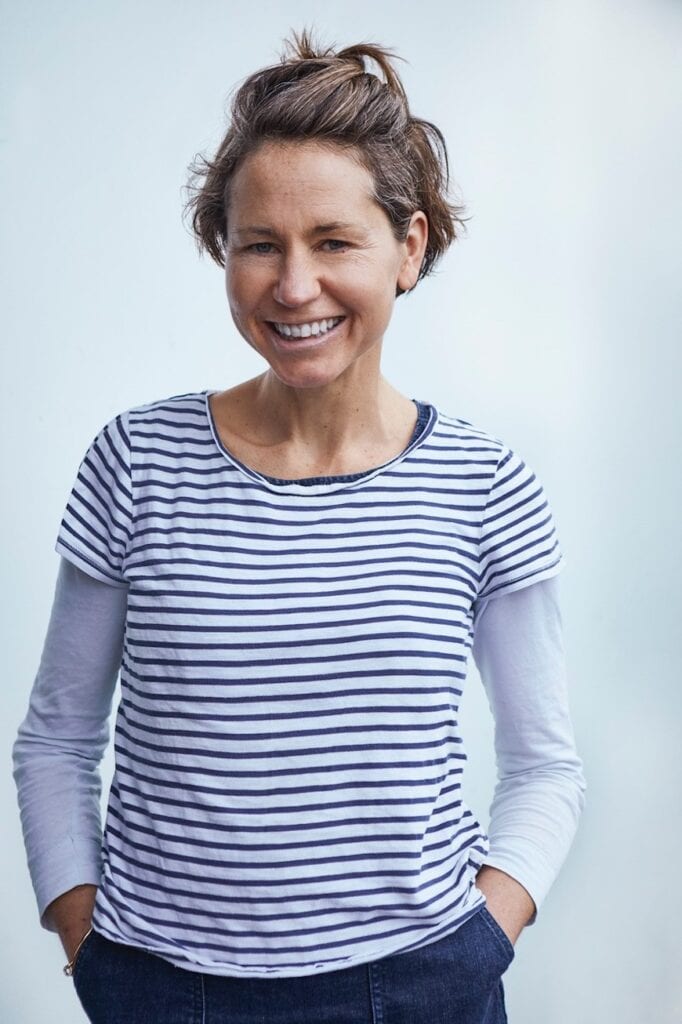

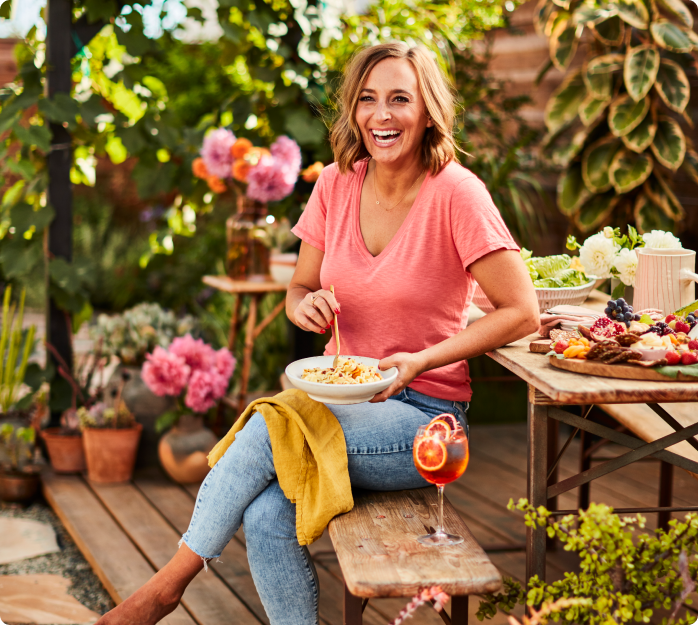
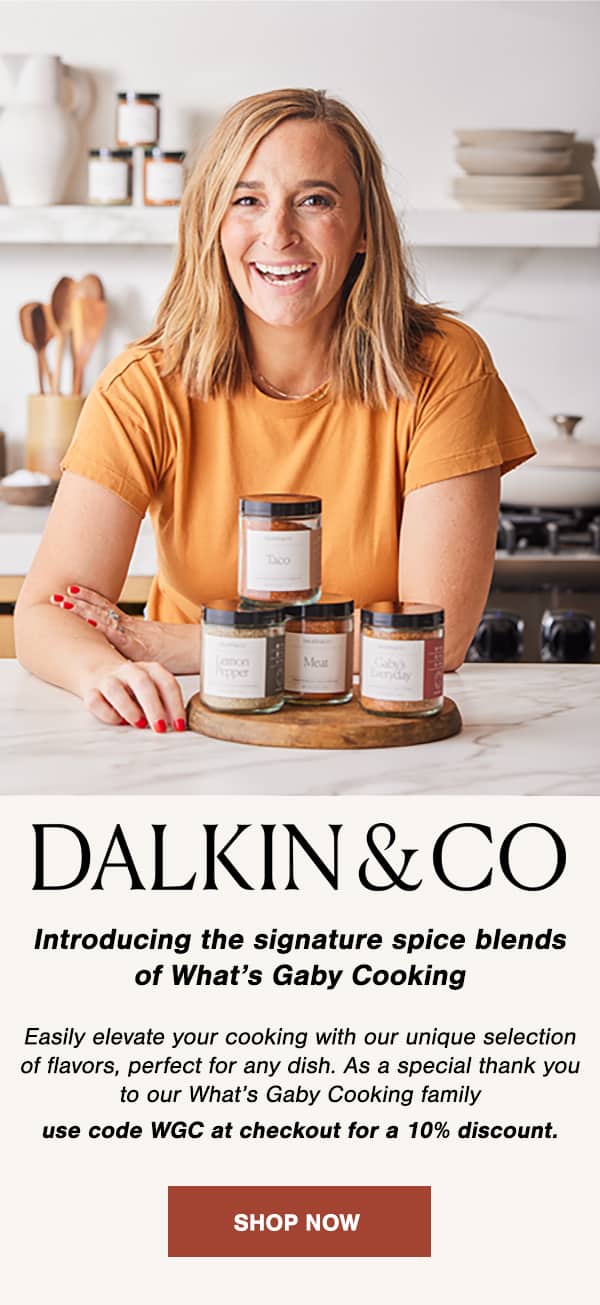
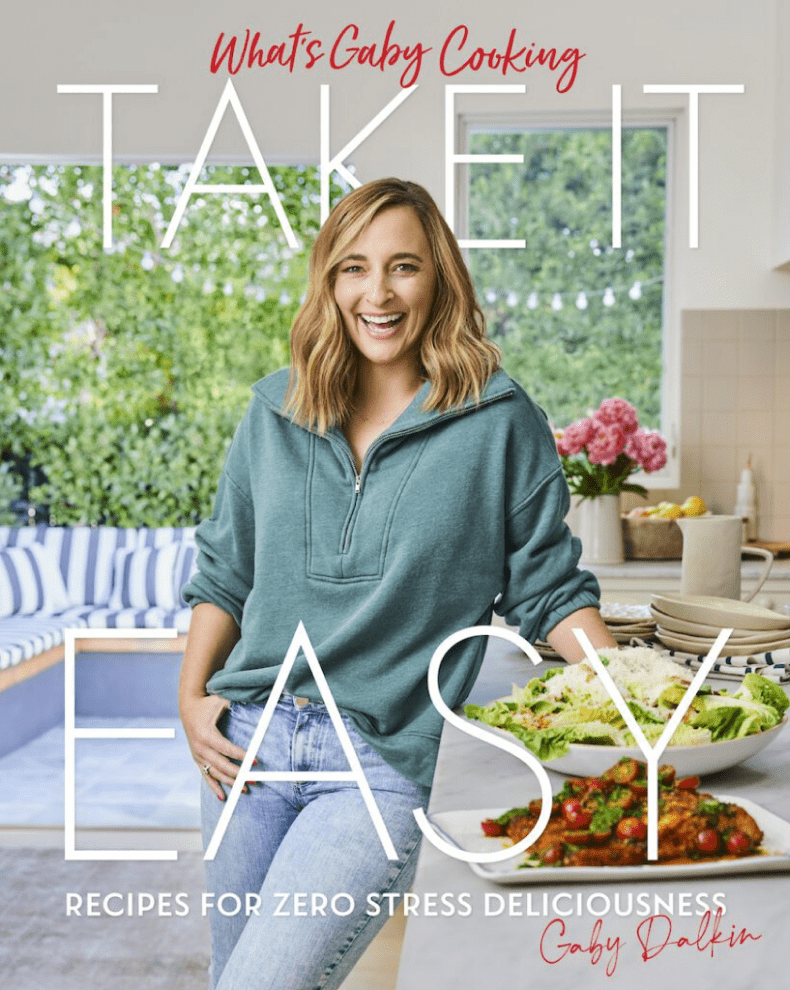
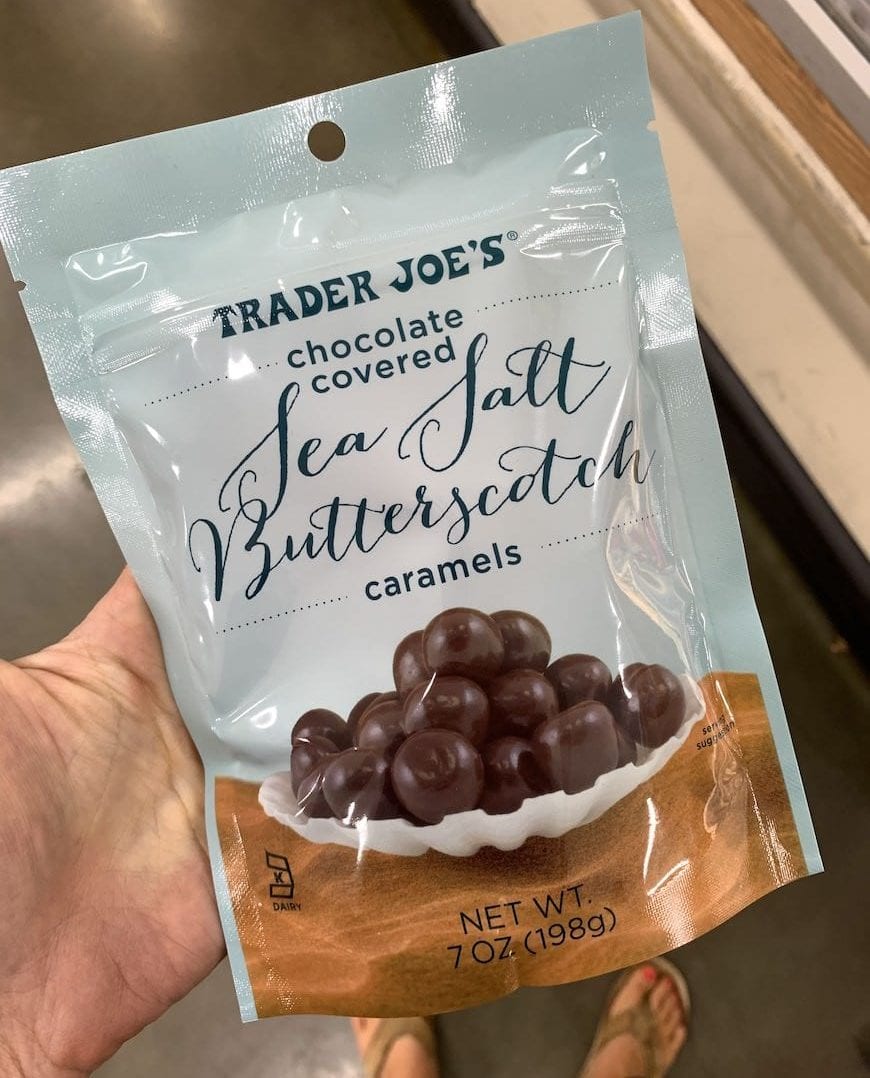
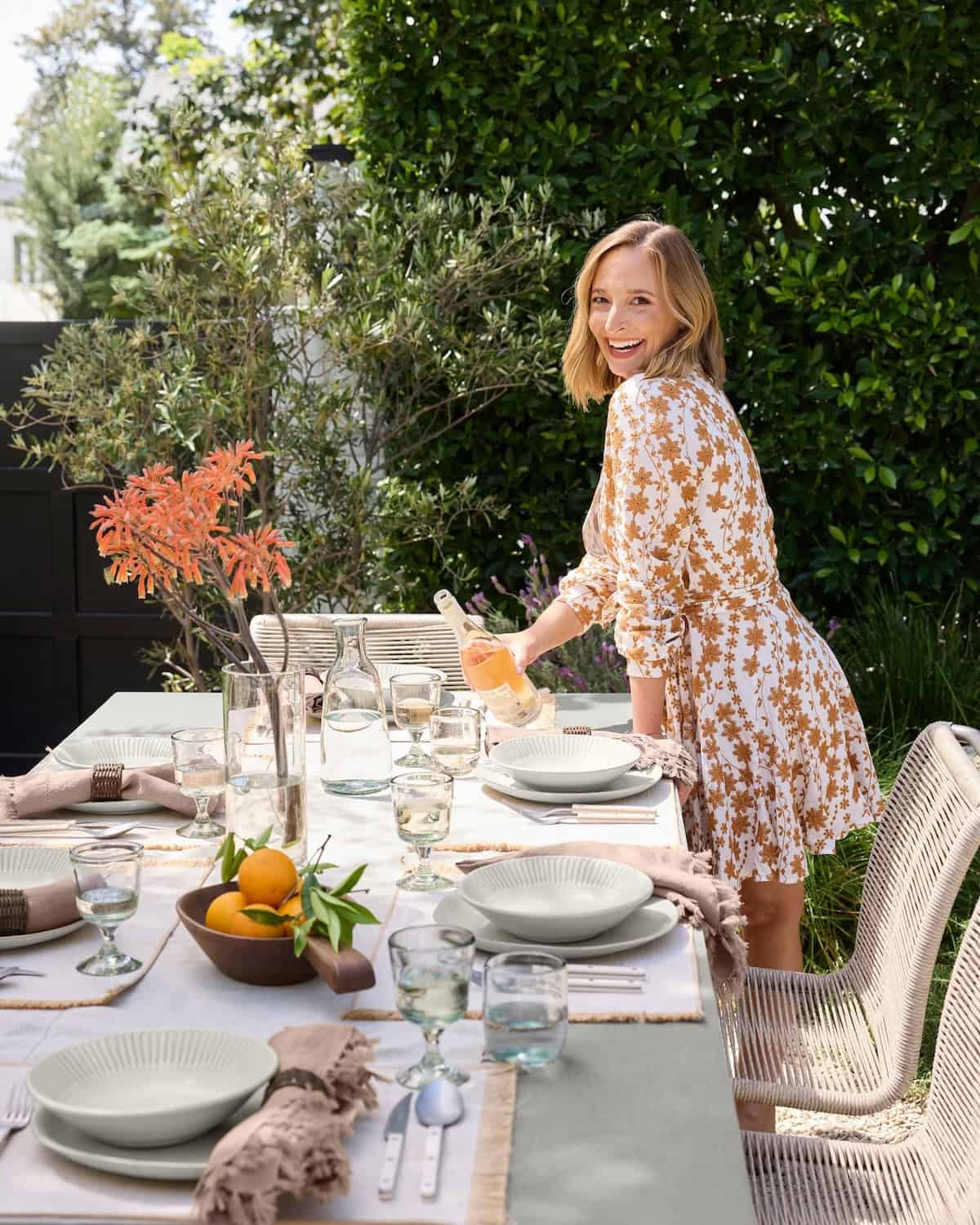

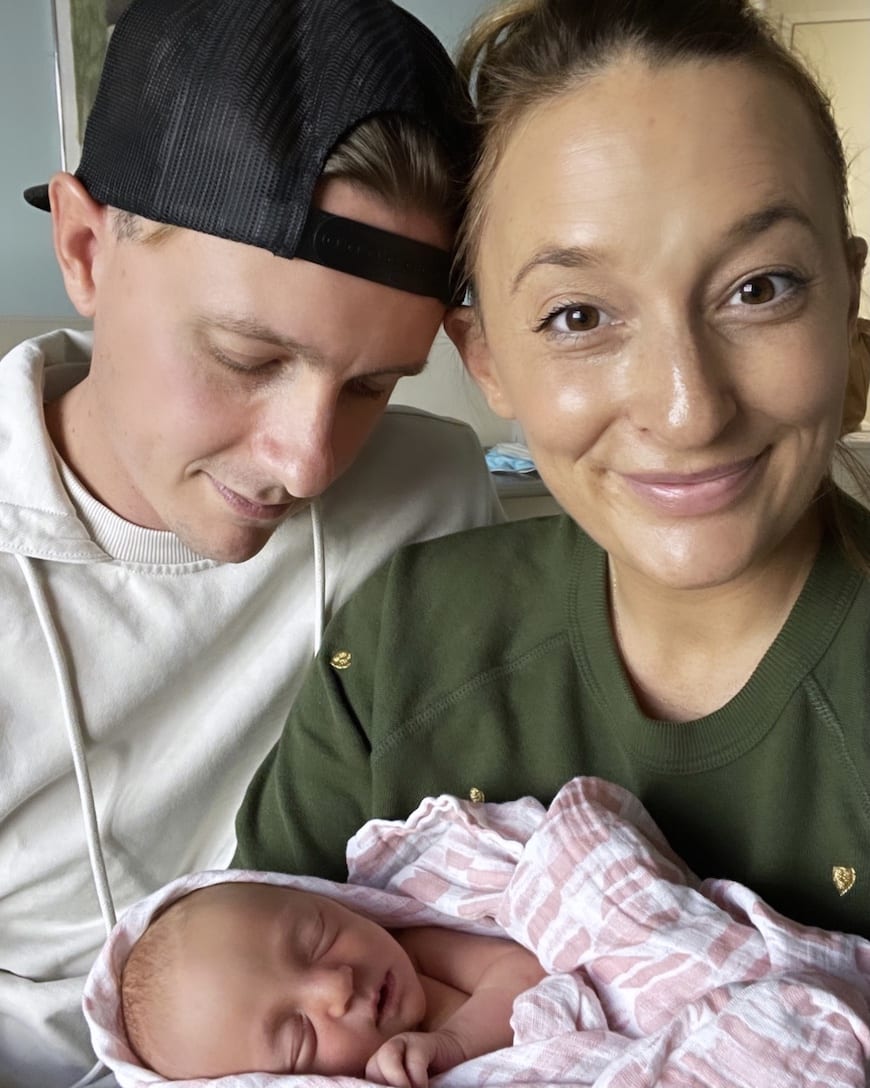


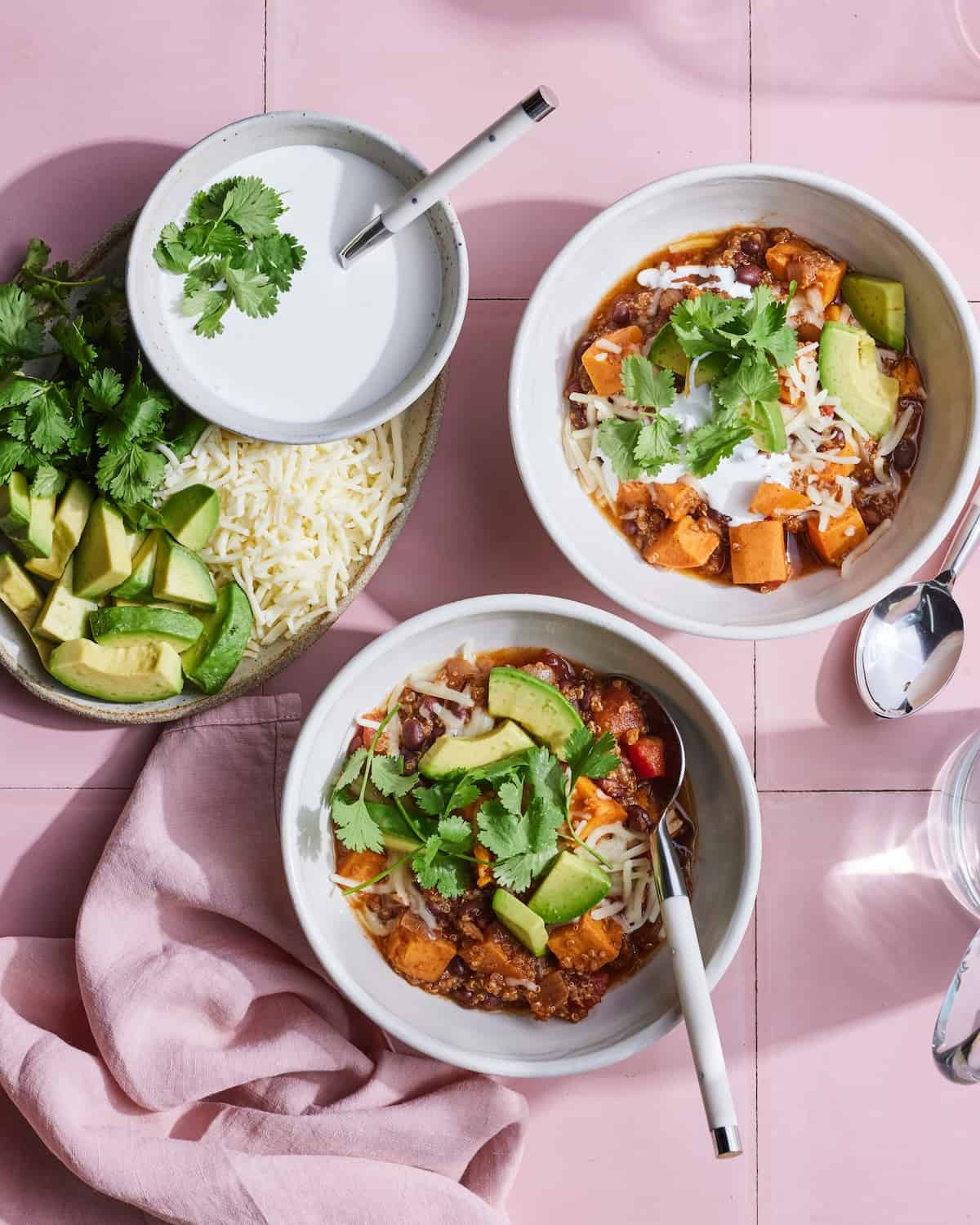
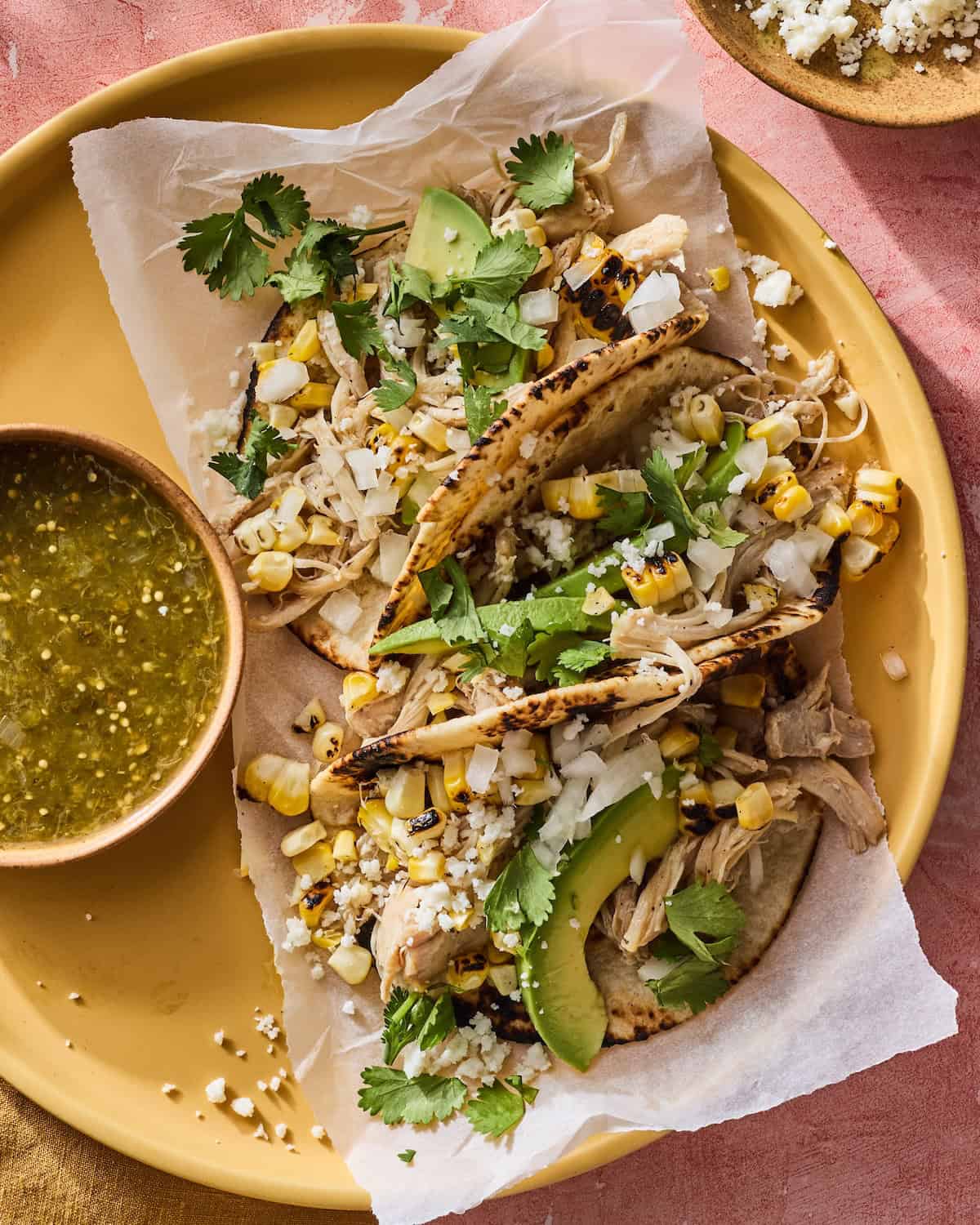
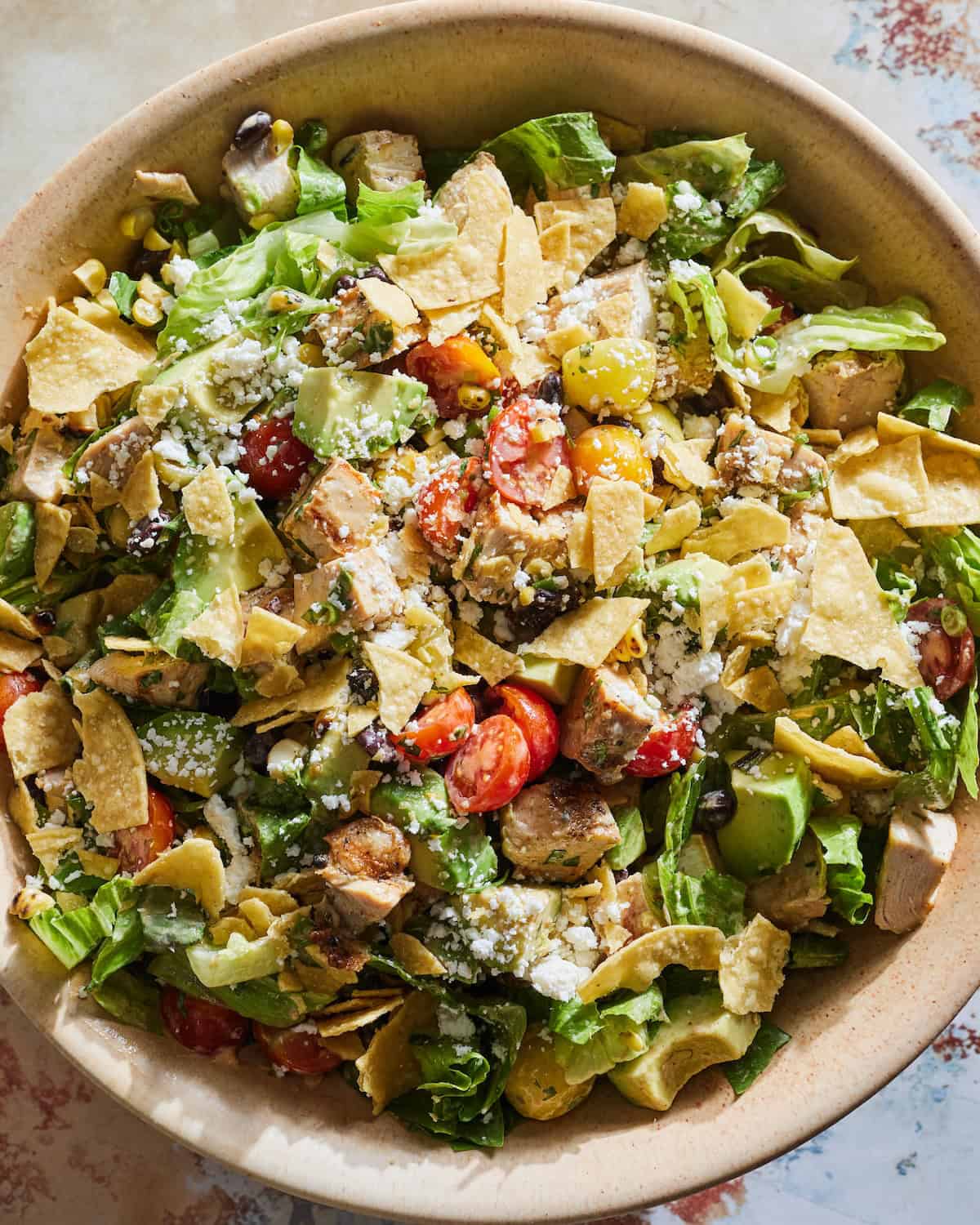
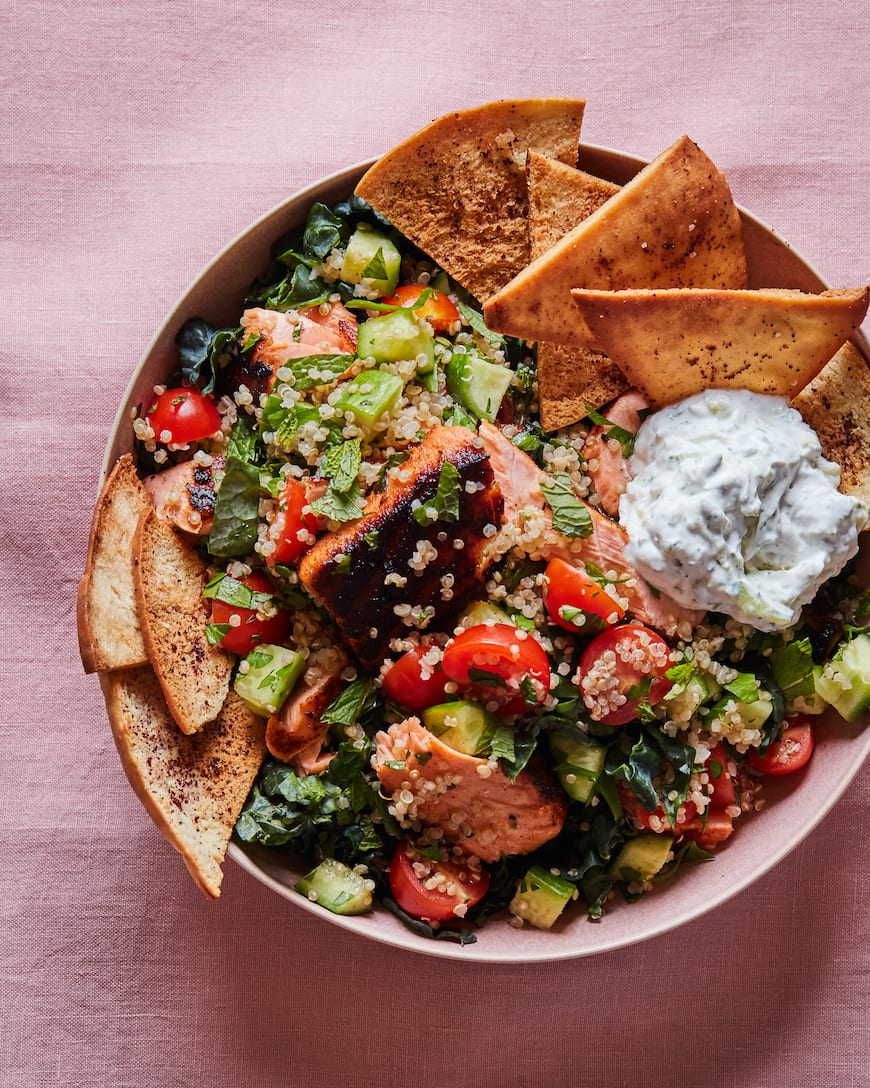
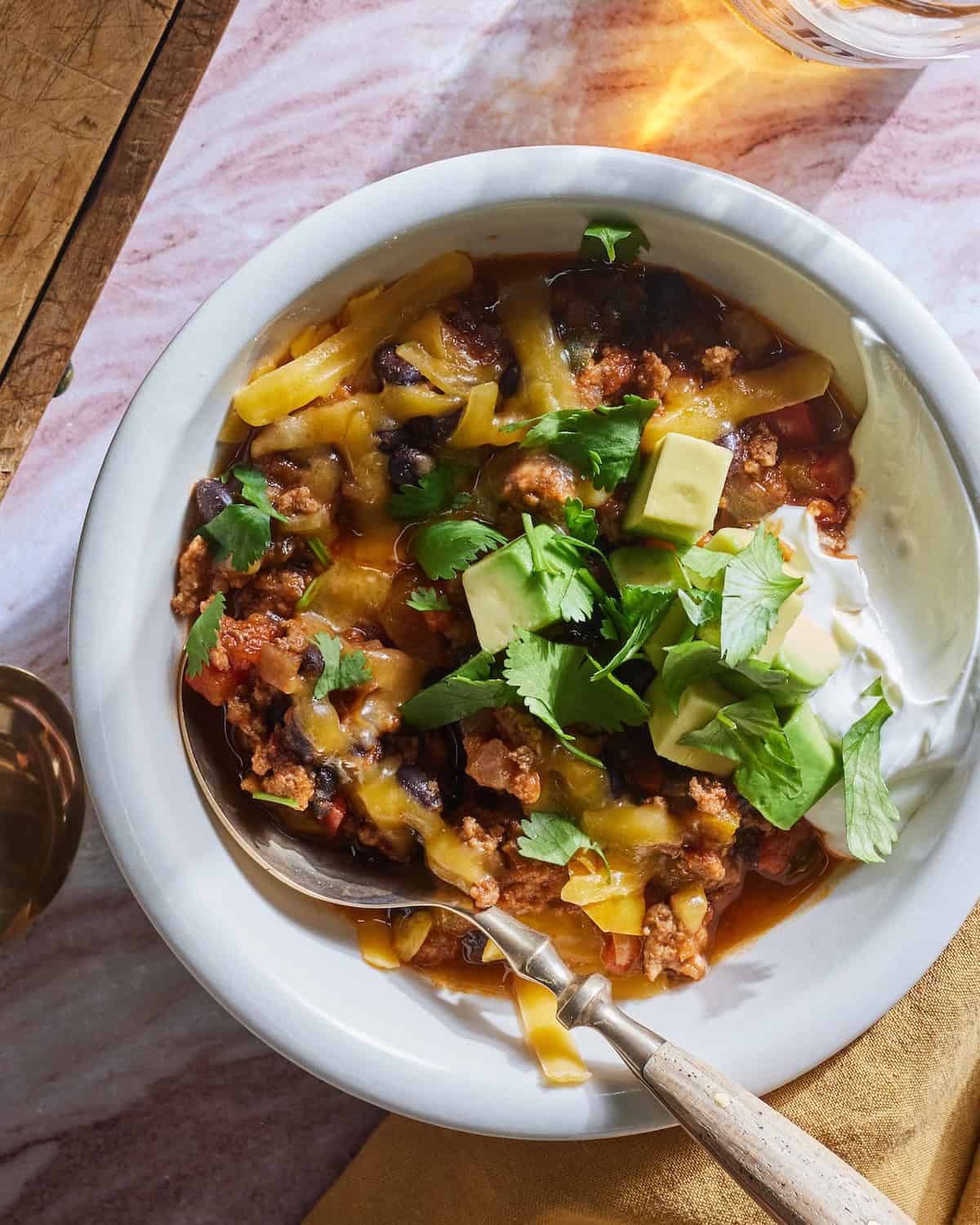
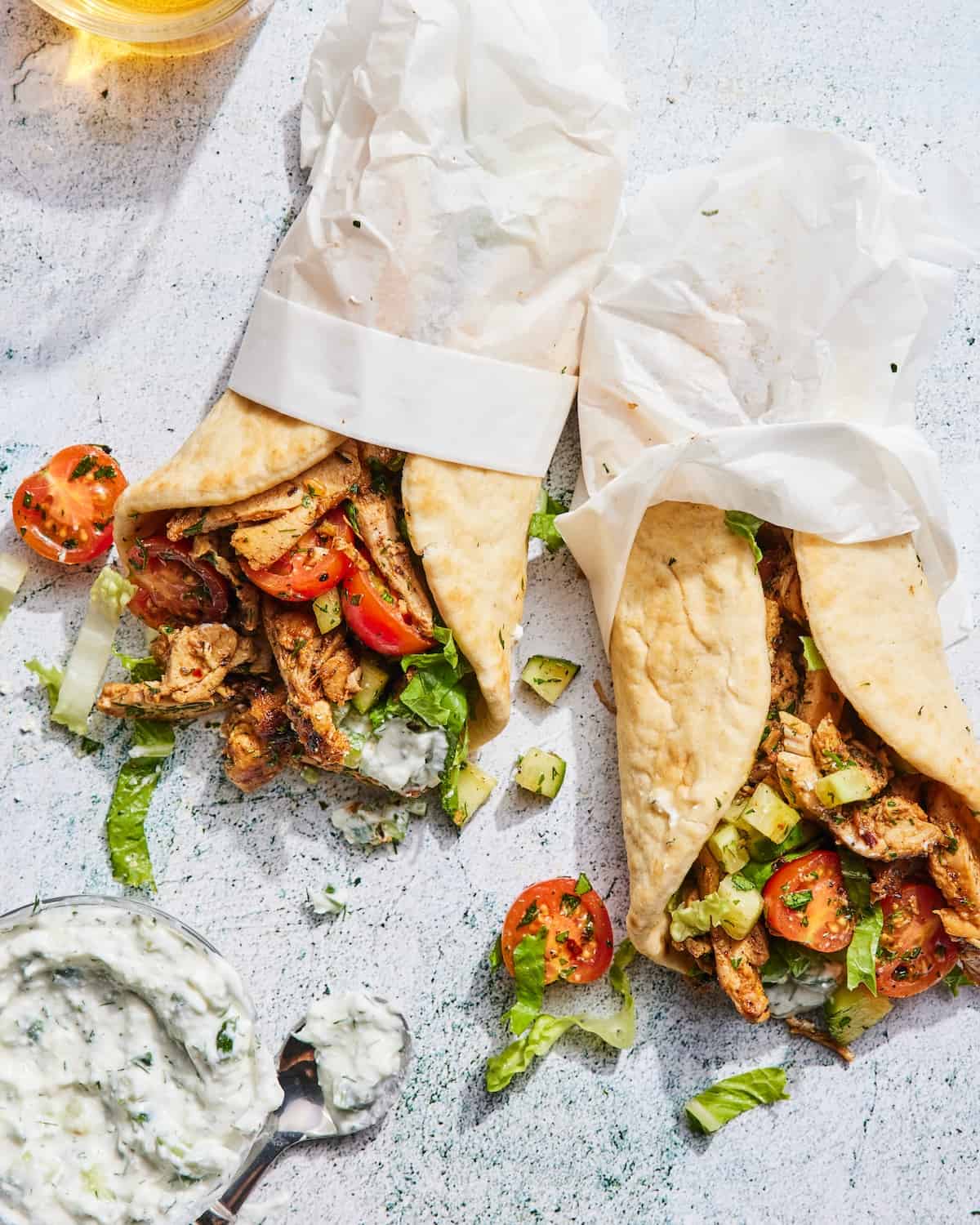
This book is amazing! We made the kofta with tahini, onions and potatoes tonight and it was delicious. Tasted like we ordered it from a restaurant! Can’t wait to try out the rest of the recipes.
Is there an additional recipe for the tahini sauce or is it just a jar of store bought tahini?
Looks amazing! Definitely trying this week!
Following- can’t find the tahini sauce recipe either. Thanks!!
Hi- there is a separate recipe--
TAHINI SAUCE
Tahini sauce: the creamy, nutty, rich addition to many a snack, dish or feast. It’s there on every table in Palestine, ready to be dipped into or drizzled over all sorts of things: roasted vegetables, fish or meat, and all sorts of leaf, pulse or grain-based salads. It keeps well in the fridge for 3–4 days, so always make the full recipe here, even if what you are cooking only calls for a few tablespoons.
Makes 1 medium jar
Ingredients
150g tahini (1/2 cup plus 2 tbsp)
2 tbsp lemon juice
1 garlic clove, crushed
Salt
Method
Mix together all the ingredients, along with 120ml (1/2 cup) of water and ¼ teaspoon of salt. If it is too runny, add a bit more tahini. If it is too thick, add a bit more lemon juice or water. You want the consistency to be like that of a smooth, runny nut butter. It will thicken up when left to sit around, so just give it a stir and some more lemon juice or water every time you use it.
There is a fantastic IG account all about the recipes in this book!
https://www.instagram.com/cooking_falastin/
It's not my account, but I follow it and everything looks super yummy.
Falastin is my favourite cookbook right now and the best one I’ve bought in ages (and I buy quite a few). Everything I’ve made has been delicious. The Chicken Shawarma pie is so good. I’ve made just the filling to serve in pitas too as the flavours are amazing. The Lemon chicken with za’atar is the best lemon chicken going. Two friends bought the book based on that recipe alone!
Thank you for sharing this wonderful book!